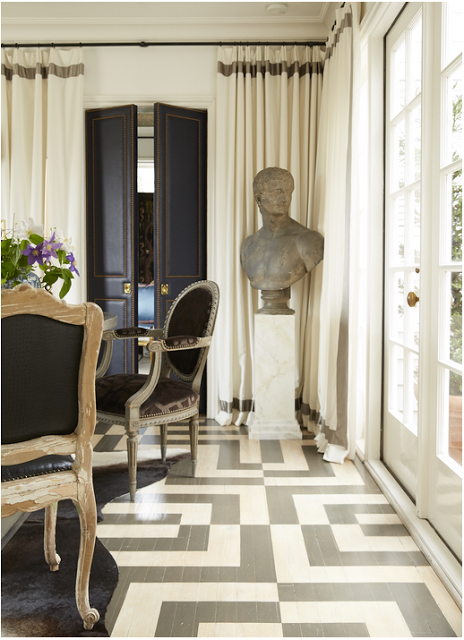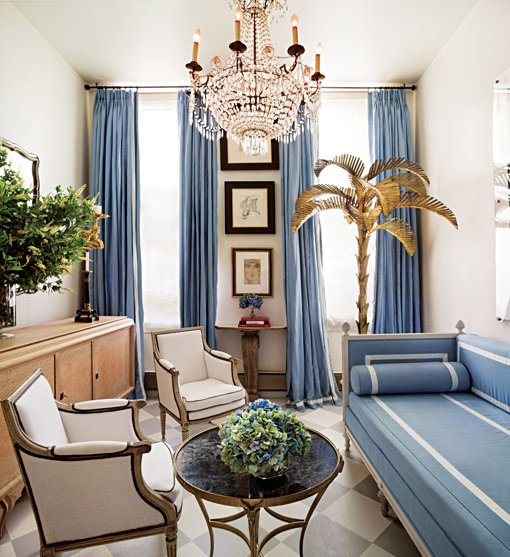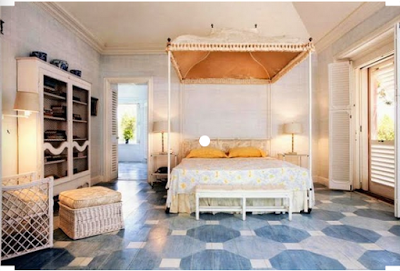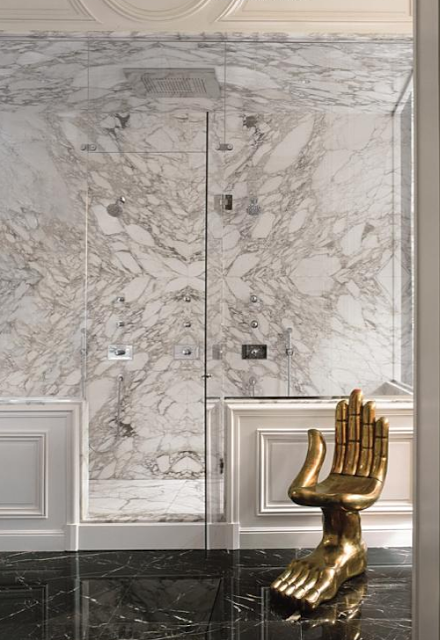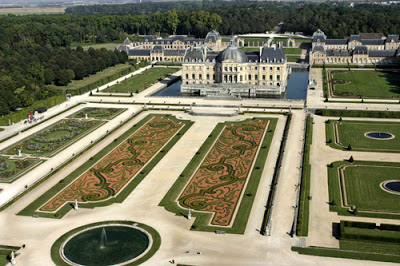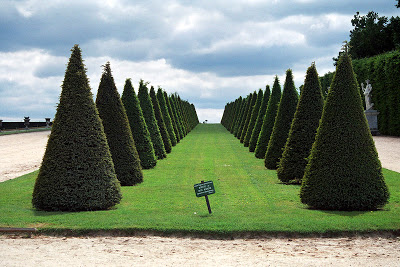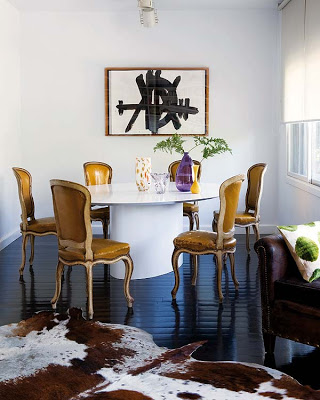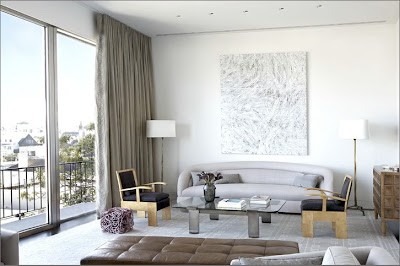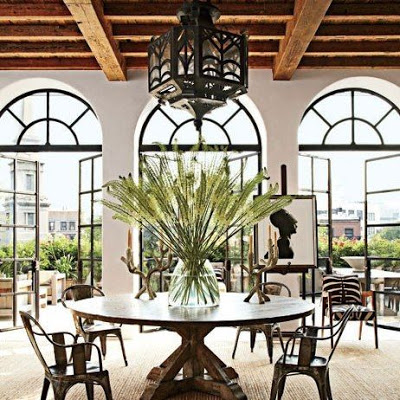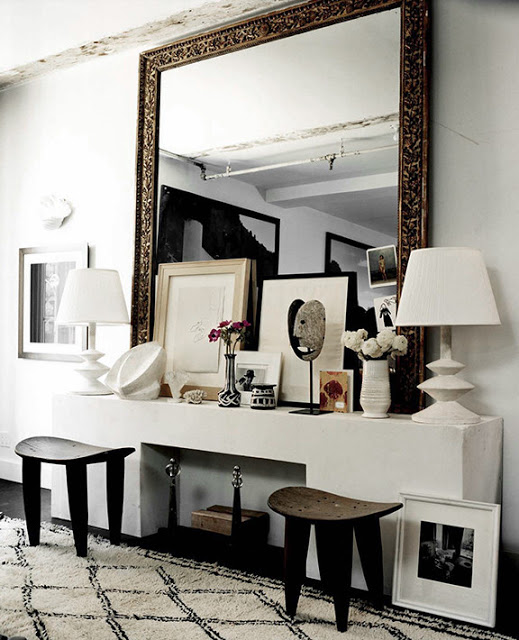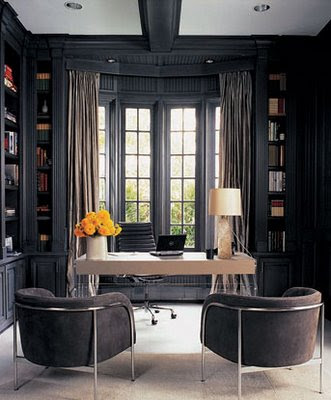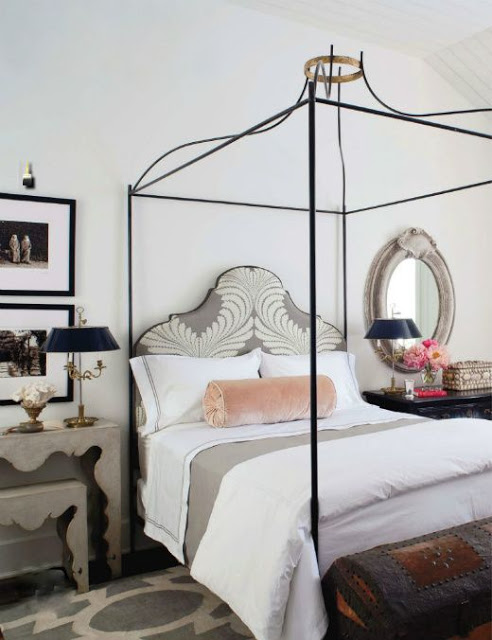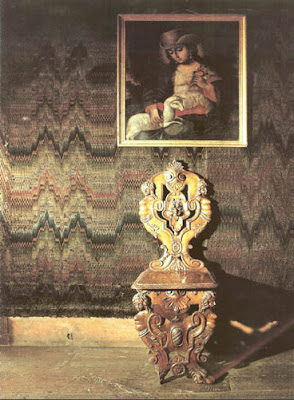Although a white plaster chandelier is very au courant and very frequently used lately, it’s far from being a trend. It would actually be quite silly to think otherwise. These chalky white plaster chandeliers or plaster home accessories have been around for quite some time perhaps as back as 1930’s when Alberto Giacometti brought the material into fashion in Paris. The plaster lightings we see today are mostly inspired by Giacometti’s work. With the help of his brother Diego, Alberto created beautiful and understated home accessories made out of plaster and or bronze. Giacometti created various kinds of home accessories from table lamps, sconces and fireplace mantles in plaster. Often creating pieces commissioned by Jean-Michel Frank who used a lot of white and plaster in his interiors. Another great reminder of the use of plaster in interiors is perhaps the most recognizable of all Serge Roche. He created objects in stucco or mirror which were heavily influenced by the Baroque. Roche’s iconic designs are regarded as one of the most recognizable ones of the 20’s 30’s and 40’s style. A more recent reference to this classically modern use of plaster in home accessories would be the work of John Dickinson. The very acclaimed late American designer from the 60’s and 70’s who created collectable whimsical plaster furniture pieces. One of his very recognizable and coveted pieces is the African table, a great modern interpretation of the original African stool.

As beautiful as these plaster accessories are, they also evoke a sense of whimsy and fun. The imperfect finish of the plaster provides these rooms with a more relaxed atmosphere, which is perfect for our modern days. Room above by Jeffrey Bilhuber via AD. The white plaster chandelier was custom.
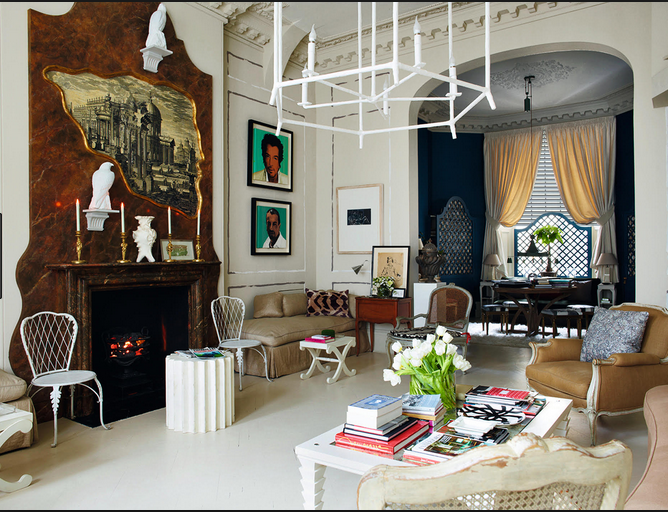
The home of Nicky Haslam in London. How beautiful, whimsical and collected is his home…

